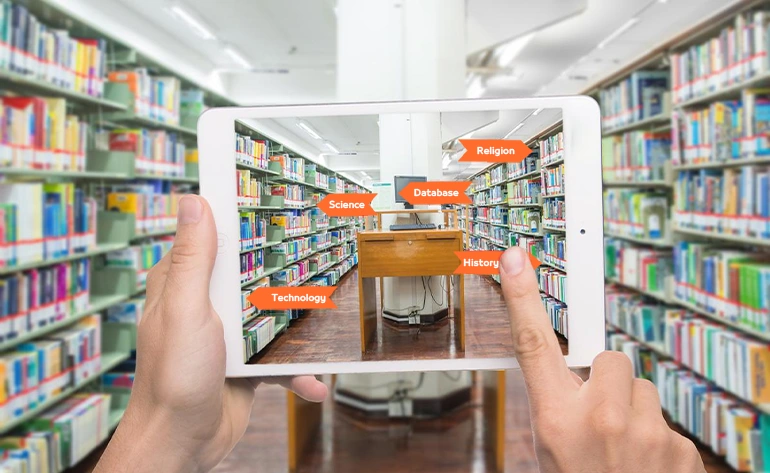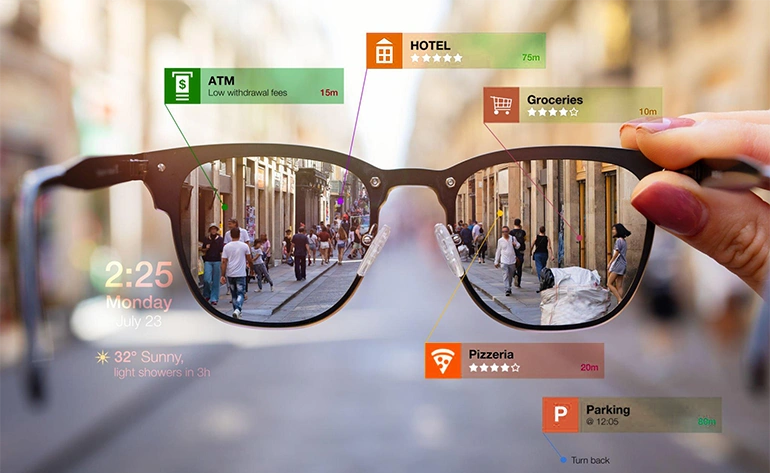

Advanced AR Technologies
Welcome to UCT’s Augmented Reality service, where we harness the power of technology to create immersive experiences that seamlessly blend the digital and physical worlds. Our team of experts is dedicated to crafting augmented reality solutions that captivate, engage, and leave a lasting impression on your audience.
Creating Immersive Connections:
Augmented reality goes beyond ordinary experiences. It creates a bridge between the real world and the digital realm, allowing you to engage your audience in ways that were once thought impossible.
Our Benefits
Bridging Realities for Unforgettable Experiences
- Unforgettable Experiences
- Blending Realities Seamlessly
- From Vision to Virtual Reality
- Engaging and Interactive

Unforgettable Experiences:
Imagine bringing your products, services, or ideas to life in ways that capture attention and resonate with your audience. Our Augmented Reality solutions create memorable experiences that stand out and leave a mark.
Blending Realities Seamlessly:
Our team specializes in seamlessly integrating digital elements into the physical environment. Whether it’s interactive 3D models, informative overlays, or engaging animations, we make the boundaries between reality and imagination disappear.
From Vision to Virtual Reality:
Our Augmented Reality solutions begin with your vision. We collaborate closely with you to understand your goals and objectives, ensuring that the final experience aligns perfectly with your brand and message.
Engaging and Interactive:
The power of augmented reality lies in its interactivity. We design experiences that encourage exploration, engagement, and interaction, allowing your audience to become active participants in the journey.
Service Benefits
Bridging Realities for Unforgettable Experiences
- Transforming Industries
- Enhancing Brand Perception
- Experience the Future Today
From marketing campaigns to educational tools, Augmented Reality has the potential to transform various industries. Whether you're looking to showcase products, train employees, or entertain customers, our solutions can be tailored to your specific needs.
Immersive experiences leave a lasting impact. By incorporating Augmented Reality into your marketing and communication strategies, you not only engage your audience but also enhance your brand's perception as innovative and forward-thinking.
Ready to unlock the potential of augmented reality? Contact us to explore how UCT's Augmented Reality service can take your brand, products, and experiences to new dimensions.